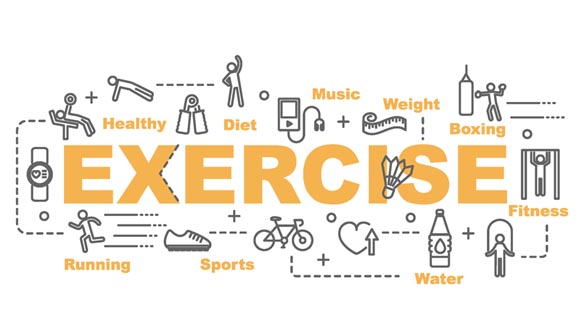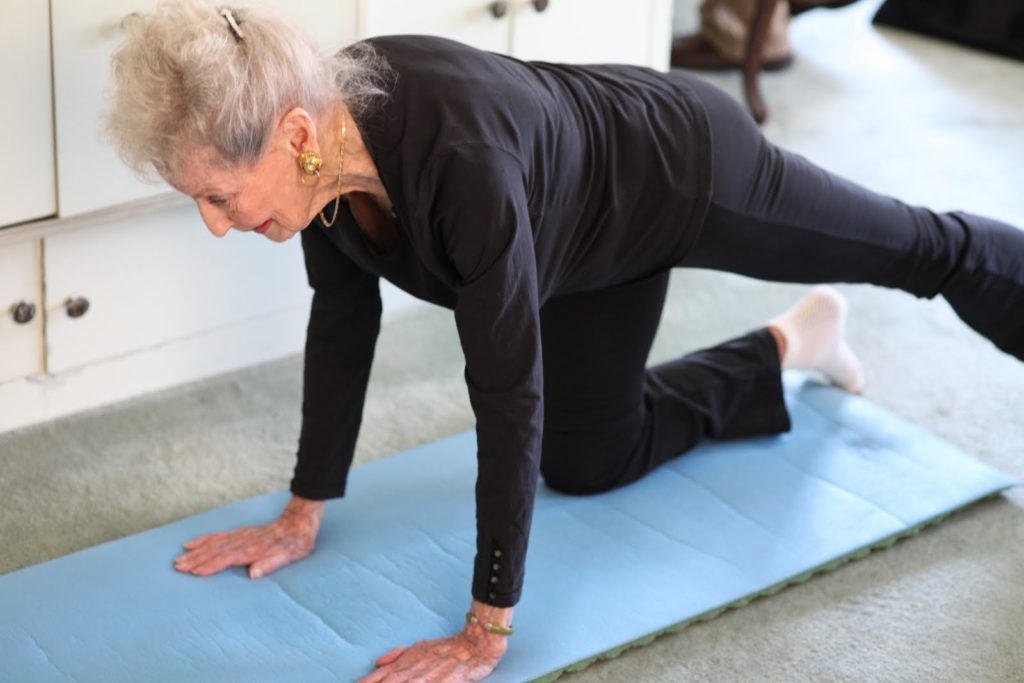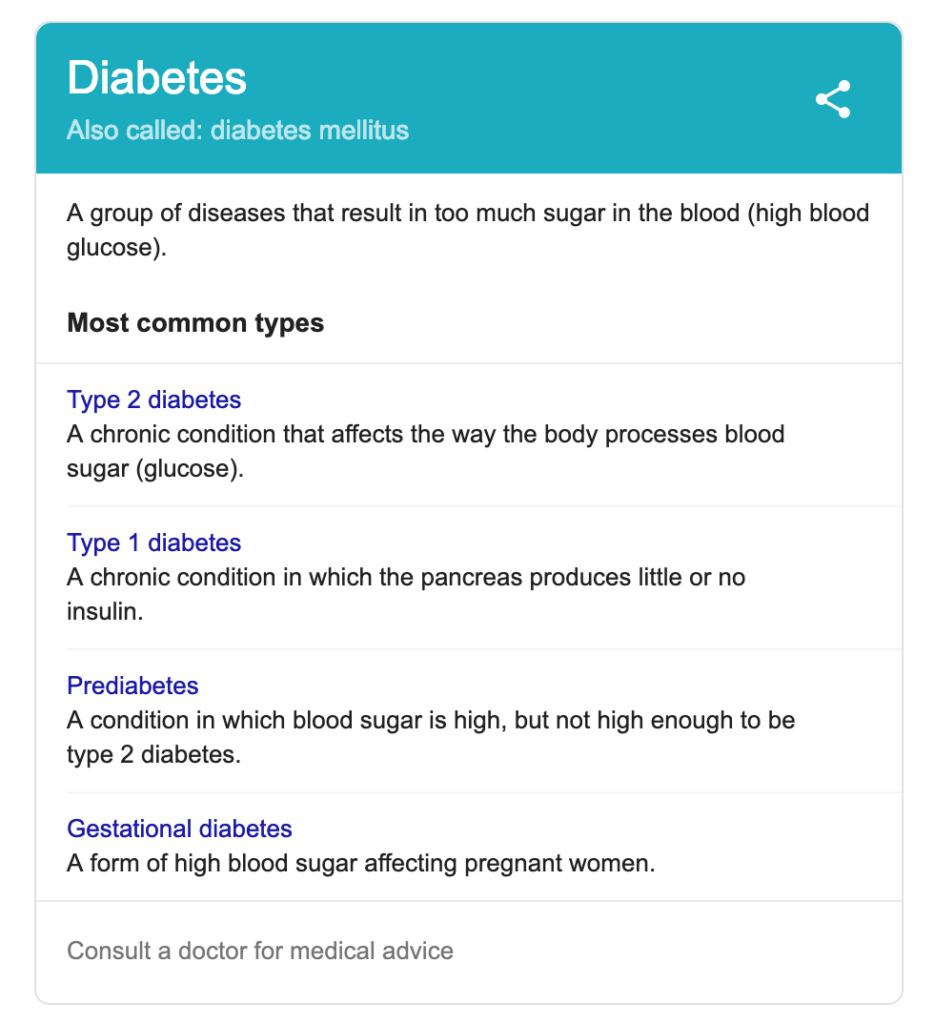Last Updated on April 24, 2024
Diabetes is an illness that impairs the body’s function to process glucose, also known as blood sugar. 30 million Americans over the age of 18 suffer from the disease, comprising 28% to 33% of the population. If the condition is not carefully mitigated, diabetes can lead to serious risks like heart disease or strokes.
There are three kinds of diabetes: type 1, type 2 and gestational diabetes. Type 1 diabetes occurs when the body fails to produce the hormone insulin. People with type 1 diabetes need to inject insulin everyday to survive. Type 2 diabetes is the most common kind, where the body still produces insulin but does not respond to it as effectively anymore. This type is strongly linked to obesity. Gestational diabetes, on the other hand, is where pregnant women become less sensitive to insulin, but the condition resolves itself after giving birth.
Diet and medication aren’t the only things to consider when trying to manage the condition. Exercise is one of the most effective ways to control diabetes, and lack of exercise is actually one of the causes of the disease. The more you move, the less risk you have of getting diabetes. Research shows that 150 minutes of moderate-intensity exercise every week can lower your risk of type 2 diabetes by 26%.
Getting fit and active by changing your lifestyle might seem like a daunting ordeal, but if you follow some simple pointers it isn’t as hard as it seems. Our very own Matt Schmidt suggests exercises tips for people who are trying to get into the habit. Instead of looking at it as one big goal, it’s easier to break exercises down into smaller, doable tasks. You can start by being mindful of always taking the stairs or walking to and from work. A pedometer is a good way to help you track your activity. It helps to have a number of steps you want to achieve in a day. Trying to reach your daily goal, even if you don’t always do, is an effective tool to get you moving throughout the day.
It’s also important that you make sure exercising isn’t always a solo activity. It helps to have a fitness buddy so that you can both motivate each other to stay active. Joining a fitness class with a friend can also be very helpful. Find an activity you enjoy doing like dancing, yoga, or cycling and see if there are any classes near you. Exercising doesn’t have to be done alone, nor does it have to be a boring.
It’s also easy to forget to exercise if you have a busy schedule. What helps is to use visual cues that will remind you of what you need to do. For example, putting your workout clothes by your bedroom door before you sleep will remind you to exercise when you wake up every morning. Little things like this will prompt you to keep active, and give you no excuse to slack off.

However, people with diabetes have to be prepared if they want to start exercising regularly. Everyday Health warns diabetic patients that exercise can affect blood sugar levels. This is why it’s important for people who aren’t used to an active lifestyle to consult with their doctors before engaging in strenuous physical activity. For diabetic patients, what you pack in your gym bag is essential to managing the condition. It’s important to check your glucose levels before and after an exercise, so always pack a blood glucose meter with you. Bringing glucose tablets and snacks help in balancing blood sugar levels so that they don’t go too low during exercise. Snacks also help you stay energized for longer. Hydration is an essential part of working out for anyone, but it’s especially important for diabetics because dehydration can cause high blood glucose levels, also known as hyperglycemia.
Ironically, the risk of getting hypoglycemia, or low blood sugar levels, is also more common when being physically active. Medical News Today explains how it’s important that people with diabetes know what to look out for to avoid pushing themselves too much while exercising. Hypoglycemia manifests through dizziness, sweating, nausea and confusion. Another symptom is the overall feeling of weakness. If you experience hypoglycemia, stop exercising and take glucose tablets or a sweet snack.
Exercising is slightly different for people with type 1 and type 2 diabetes. A York University study examined how different forms of exercise influence blood sugar levels. Generally, aerobic exercise like walking, jogging, or cycling reduces the presence of glucose in the blood. Anaerobic exercise like sprinting, weight lifting and interval training temporarily raises blood glucose levels. However, both activities can lead to low blood sugar level during the recovery stage. This is why people with type 1 diabetes have to monitor their blood sugar levels before, after, and during exercise. It’s also important for them to share their exercise plans with their physician to properly strategize the maintenance of regular blood glucose levels. Knowing what activity is the best for your blood sugar levels will help you make the most of the benefits of exercise.

Given the stark data supporting exercise and diabetes, it is therefore very important for senior citizens to engage in physical activities both as a means to prevent and manage diabetes. At risk individuals like senior citizens need to be monitored because the sickness can prove to be fatal for them. The Centers for Disease Control and Prevention puts the number of those with prediabetes at 84 million Americans. The growing issue of diabetes is only getting worse as the country’s senior population is growing. The amount of money being spent to support elderly diabetic and prediabetic patients is putting a strain on the country’s resources. Maryville University reveals that the number of U.S. citizens 65 and over grew from 35 million to over 50 million in just 16 years, which means that the nursing industry is feeling the effects of this increase in senior patients. Given this number, we can expect more senior citizens to fall prey to the condition unless more is done to prevent diabetes at an early stage.
In addition to exercising to improve your health, and overall control of your diabetes, staying in shape helps you qualify and save money on life insurance with diabetes.. Many life insurance companies are offering lower priced premiums, and even discounts if you exercise regularly. Using a FitBit device to share your activity levels with an insurance carrier can lead to 6% to 8% discounts on your life insurance premiums.
While many people think these discounts aren’t significant, think long term. If you have a policy for 20 or 30 years, these discounts could save you thousands of dollars over the lifetime of the policy. This is especially helpful to the Type 1 Diabetes community. Life insurance with type 1 diabetes is going to be more expensive compared to people with type 2 diabetes. Anything a person can do to lower the life insurance premiums would probably be a good idea.

In the digital age, more and more people are staying indoors and becoming inactive. It’s becoming increasingly important for exercise to be promoted as a regular everyday activity, not just for fitness but also to prevent serious diseases like diabetes.
Good news is that you can exercise in your own home. Consider doing Yoga, or maybe ride a stationary bicycle. Or you can even walk or round thru your neighborhood or at a local park. Working out doesn’t mean you have to ‘hit’ the gym. Find an activity that you enjoy, and stick to it. Your body will thank you!

